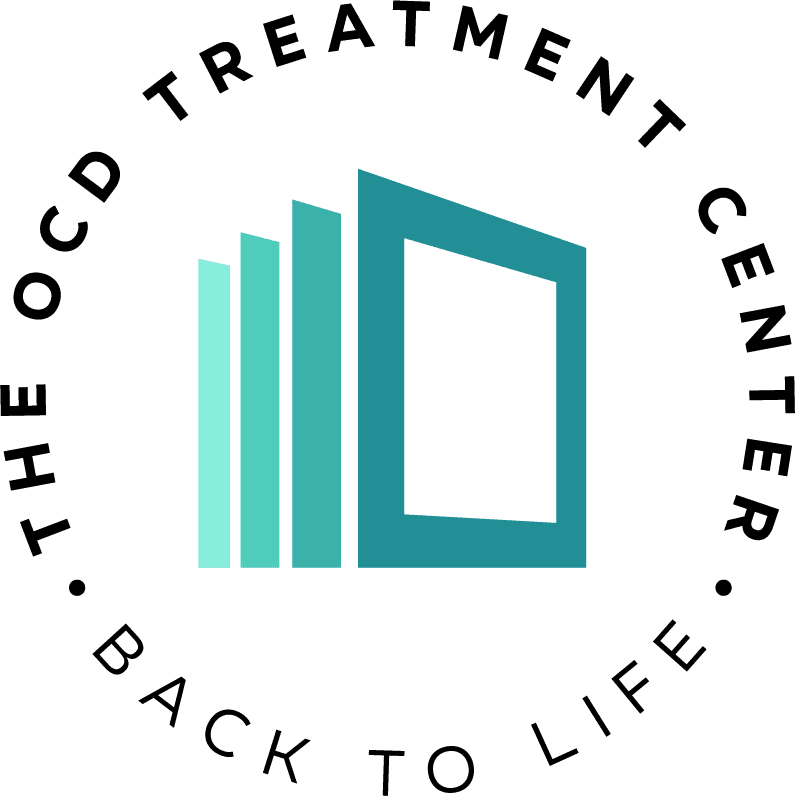Types of OCD Treatment
What It Is, How It’s Done, and OCD Therapy Options
What is OCD?
Obsessive compulsive disorder, or OCD, is a mental health condition that affects people of all ages. It is characterized by intrusive thoughts and repetitive behaviors. If you are struggling with OCD, you may feel like you are trapped in a never-ending cycle of anxiety and fear. But there is hope.
If you are struggling with OCD, it is important to seek professional help. OCD treatment can be done in a number of different ways, but the most common and effective treatment is exposure and response prevention (ERP). ERP is a type of cognitive-behavioral therapy that focuses on helping people facing their fears head-on. This may sound daunting, but ERP has been shown to be an effective treatment for OCD.
Types of Treatment Programs for OCD
Traditional Weekly Outpatient Sessions
Typically, for clients with more mild to moderate levels of OCD, traditional weekly outpatient therapy is recommended. This involves meeting one-on-one or with a group once a week and for some therapists, involves doing homework.
Intensive Outpatient Programs
Clients with more severe symptoms of OCD may need an intensive treatment program or IOP. These intensive treatment programs for OCD typically are provided in a one on one or group setting and vary in how they are offered depending on the facility but usually involve several hours a week, usually multiple times a week meeting one-on-one with a therapist or with a group. The client spends most of their time away from the facility but still engages in multiple hours of therapy multiple days a week and programs can range from one to six weeks in length depending on the treatment center or hospital providing them. Oftentimes, a program like this will be recommended to someone suffering from severe to extreme forms of OCD.
Partial Hospitalization Programs
A Partial Hospitalization Program, or PHP, is also recommended for clients with severe to extreme OCD and offers a higher level of care than an IOP. A PHP involves the client attending the facility for a significant portion of the day and week while still living at home. It usually involves the client attending the therapy for 5-8 hours a day, around 4-5 days a week for several weeks. Often, both group and individual therapy sessions are involved and the program will involve several different types of therapy in one day.
Residential Treatment
Residential treatment is typically recommended for clients who have OCD so extreme they are no longer able to live at home. It involves the client staying overnight and living at the facility and involves being at the care facility for 24 hours a day, seven days a week. This can last anywhere between a few weeks to several months depending on the program and the level of care the client needs. A residential program is an Inpatient program. Inpatient means that the client is staying overnight at the facility during the duration of their treatment.
Types of OCD Therapies
OCD sufferers often feel like they are stuck in a never-ending cycle of intrusive thoughts and repetitive behaviors. However, there is hope for those who seek treatment. While there is no cure for OCD, therapy can provide tools to help manage symptoms and live a full life. Common treatments include exposure and response prevention (ERP) and cognitive behavioral therapy (CBT). ERP involves gradually exposing oneself to the anxiety-inducing thoughts or objects while resisting the urge to engage in compulsive behaviors. CBT focuses on changing the negative thought patterns that contribute to OCD. Both of these treatments have been shown to be effective in reducing OCD symptoms. If you or someone you know is struggling with OCD, please reach out for help. There are many resources available to provide support and guidance on the road to recovery.
About Exposure And Response Prevention – ERP
The idea behind ERP is that by exposure to the things that trigger your anxiety, you can learn to manage your reactions and eventually overcome your fear. This exposure can be done in a number of ways, including imagery exposure, in vivo exposure (exposure to real-life situations), and interoceptive exposure ( exposure to bodily sensations that may trigger anxiety).
ERP typically involves gradually increasing the intensity of the exposure until the anxiety level decreases. In between exposure sessions, you will work on skills to manage your anxiety response. This might include relaxation techniques, breathing exercises, and learning how to challenge negative thoughts. With ERP, it is important to work with a therapist who can help you pace the exposure so that it is challenging but not overwhelming. Over time, as you learn to manage your anxiety response, the hope is that you will be able to achieve lasting relief from your symptoms.
There are many different types of exposure therapy, but the basic premise is the same: you will be exposed to your fears in a controlled and safe environment. This may include imaginal exposure, where you imagine yourself in situations that trigger your OCD. You may also be asked to do in vivo exposure, which involves actually confronting your fears in real life. For example, if you are afraid of germs, you may be asked to touch door handles or shake hands with people.
Your therapist will work with you to gradually increase your exposure to your fears. This process can be difficult, but it is important to remember that you are in control. You can always take a break if you feel like you are getting overwhelmed. The goal of exposure therapy is to help you learn to manage your OCD symptoms and live a happy and fulfilling life.
About Cognitive Behavioral Therapy – CBT
Cognitive behavioral therapy (CBT) is a type of therapy that focuses on helping people to change their thinking patterns and behaviors. cognitive behavioral therapy is based on the idea that our thoughts, feelings, and behaviors are all interconnected, and that by changing our thoughts, we can change our behaviors. cognitive behavioral therapy is a short-term, goal-oriented therapy, and it has been shown to be effective in treating a variety of mental health conditions, including anxiety and depression. If you are considering cognitive behavioral therapy, it is important to find a therapist who is experienced and trained in this type of therapy.
About Acceptance and Commitment Therapy – ACT
Acceptance and commitment therapy, or ACT, is a type of psychological treatment that helps people to accept their thoughts and feelings without judgment. The goal of ACT is to assist people in living more fully in the present moment and taking action towards their values. The treatment involves a number of techniques, including mindfulness, acceptance, and commitment. Mindfulness helps people to focus on the present moment without getting caught up in thoughts about the past or future. Acceptance helps people to accept their thoughts and feelings without trying to change them. Commitment helps people to identify their values and take action towards them. ACT has been shown to be effective in treating a variety of mental health conditions, including depression, anxiety, and post-traumatic stress disorder.
Other Treatments for OCD
Our facility does not offer these options but these are options offered by other facilities to treat OCD. It is important to note that these treatments are listed for educational purposes and the staff and the facility here at The OCD Treatment Center neither endorse nor renounce any of these treatments and we recommend you talk to a mental health professional before making decisions regarding what mental health treatments are best for you.
Medication for OCD
Selective Serotonin Reuptake Inhibitors (SSRI) medications are often used to treat OCD. They work by increasing the level of serotonin in the brain, which can help to reduce OCD symptoms. Common SSRIs include fluoxetine, sertraline, and paroxetine to name a few. While these medications can be effective for some people, they do not work for everyone because OCD is a behaviorally led condition. This means that your behavior is what is driving the condition (performing compulsions). In addition, they can cause temporary and long-term side effects such as nausea, headaches, and insomnia. For this reason, it is important to talk to a doctor before starting any kind of medication for OCD.
Lifestyle Coaching and Diet Changes
Some facilities have registered dietitians who are able to give advice on exercise goals and diet that can improve mental wellness through physical wellbeing.
Transcranial Magnetic Stimulation (TMS):
TMS is a non-invasive procedure that uses magnetic fields to stimulate nerve cells in the brain.
Deep Brain Stimulation (DBS):
DBS involves surgically implanting electrodes in specific areas of the brain and is considered for extreme, treatment-resistant OCD.
Start Looking Today
There are many different types of OCD therapy, but exposure and response prevention (ERP) is the most common and effective treatment. If you are struggling with OCD, we encourage you to seek professional help. ERP can be a difficult process, but it is worth it to live a life free from the chains of OCD.
Do you have any questions about OCD treatment? We would love to hear from you. Contact us today.
Related Posts
How To Find OCD Treatment Near Me
How to Find OCD Treatment Facilities Near Me or How to Find an OCD Therapist...
Child OCD Symptoms: 9 Early Signs Parents Shouldn’t Ignore
Every child has routines and quirky habits; it’s part of growing up. But when...
Can Trauma and Life Events Trigger OCD (or Intensify Symptoms): In-depth Explanation
When most people think of Obsessive-Compulsive Disorder (OCD), they imagine...
Traveling for OCD Treatment
No OCD Treatment Near You? What is Next? When looking for treatment for OCD,...


